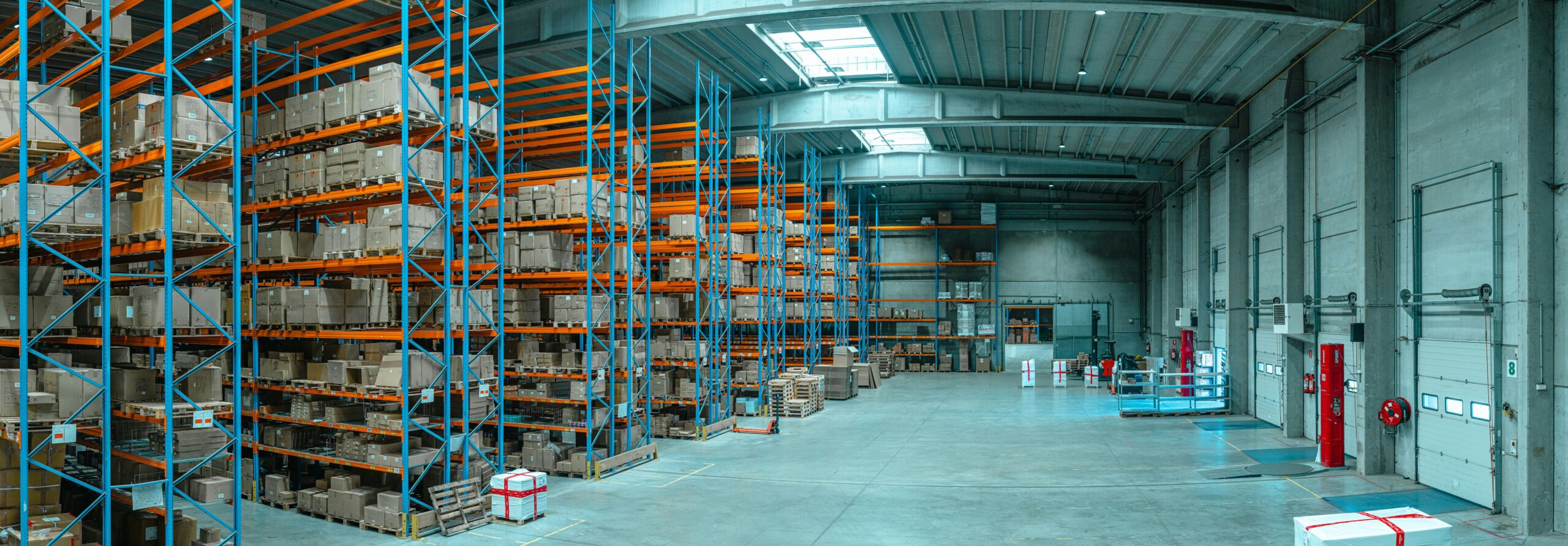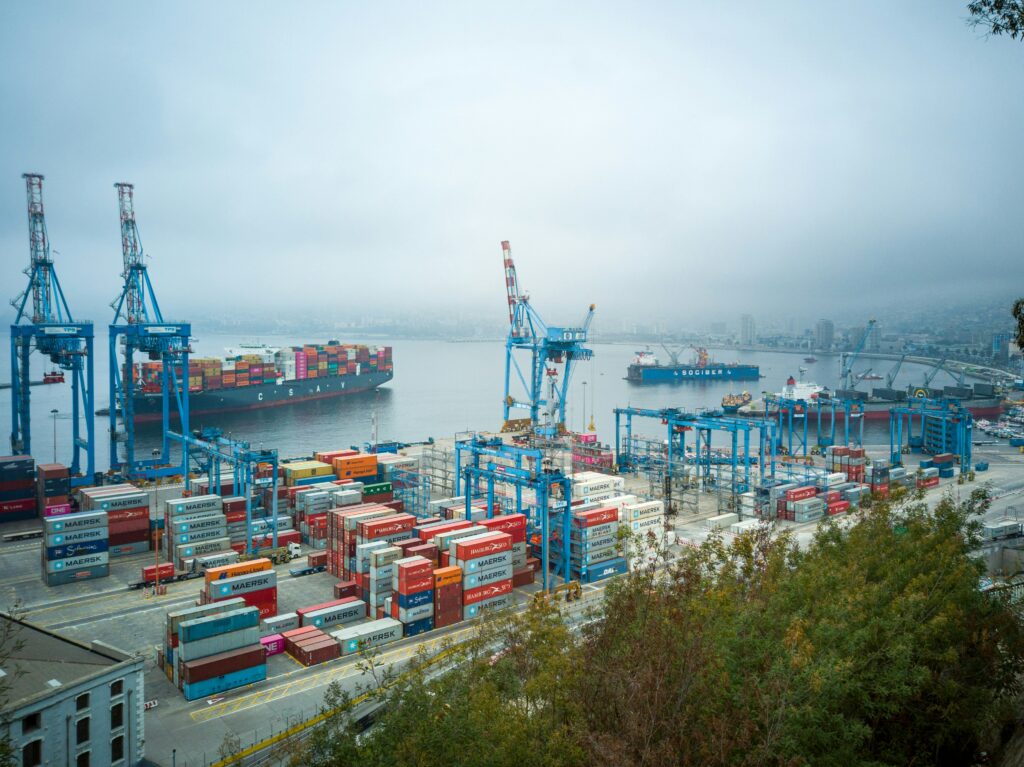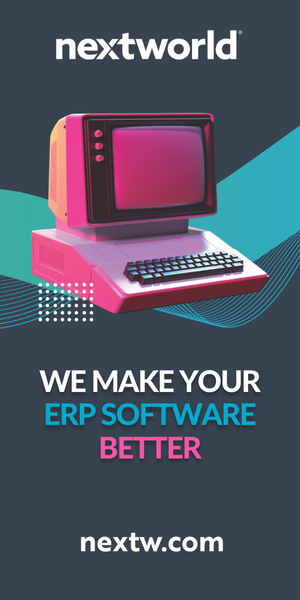To investigate the factors behind what makes a robust supply chain solution, and what to expect in the future for supply chains, ERP Today spoke with Oracle Cloud consultancy Accelalpha and its senior solutions director, Chi Park.
Despite it being half a decade since the start of the pandemic, Park was quick to reflect on the negative side effects to almost every industry but, also, how the results of the pandemic have influenced the development of fresh solutions.
“COVID really showed us, from a supply chain angle, how unprepared the vast majority of corporations were,” Park said.
As the world slowly started to recover from COVID, the lack of full visibility across the entirety of the supply chain became a very obvious issue. For Accelalpha, by capitalizing on pandemic findings, the company could develop an extended supply chain solution, leveraging the Oracle out-of-the-box systems. The Oracle consultancy knew that without accurate KPIs, a business could find it difficult to decide on how to evolve.
“We offered the concept of an extended supply chain solution in Command Center, showing the full gamut of your extended supply chain in one dashboard,” said Park. “The reason why that’s important is we believe our clients can’t measure their KPIs quickly enough due to the limitations their disparate systems have.”
The Command Center was built on Fusion Analytics Warehouse and it could connect multiple different modules, like Order Management, Inventory, Transportation, Warehouse Management and Supply Chain Planning. The Command Center could also communicate and take into account data from tier one and tier two suppliers, and was a means to provide complete end-to-end visibility.
According to Park, this creation, a specialized dashboard that collates disparate supply chain information, is desperately needed across many industries.
“Everyone asked for the same thing,” the senior solutions director continued. “Oracle has AI and machine learning already built-in to the Fusion Analytics Warehouse, so it’s just a matter of us sitting down with customers and figuring out how best to approach the digital transformation process.”
To create a robust solution, adaptable to any amount of disruption, Accelalpha says the combination of complete transparency of the end-to-end supply chain with enough industry knowledge and expertise with platform architecture could be what it takes.
When asked what he thought the future of supply chains could look like, Park had a portent to share: “I think manufacturing is coming back to the United States. Old school, automotive suppliers here in the States never got the love of ERP companies for decades. We are seeing an uptake in Tier 1 automotive manufacturers, people who make tailpipes and rearview mirrors, reaching out and really looking at how to evolve.”






